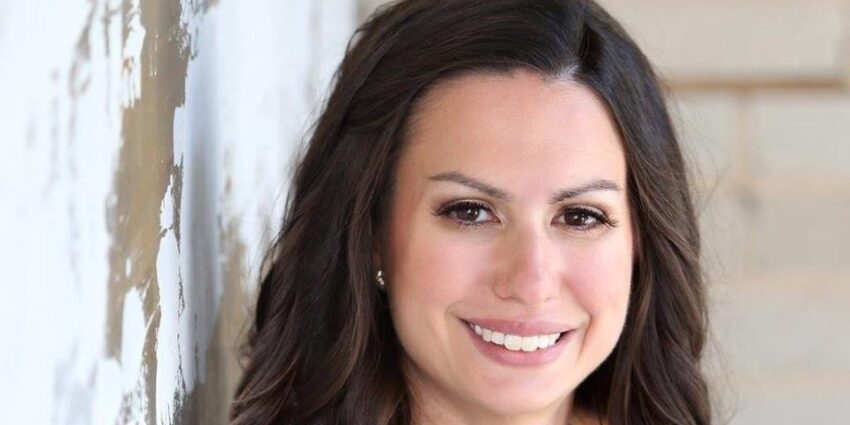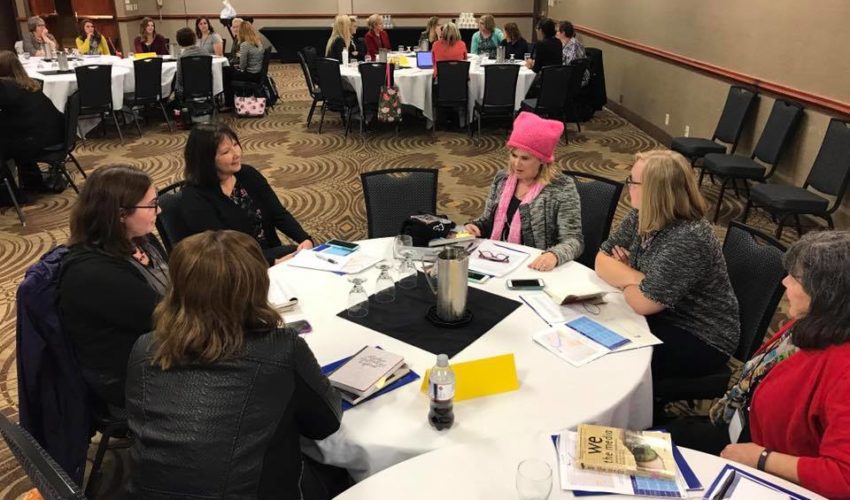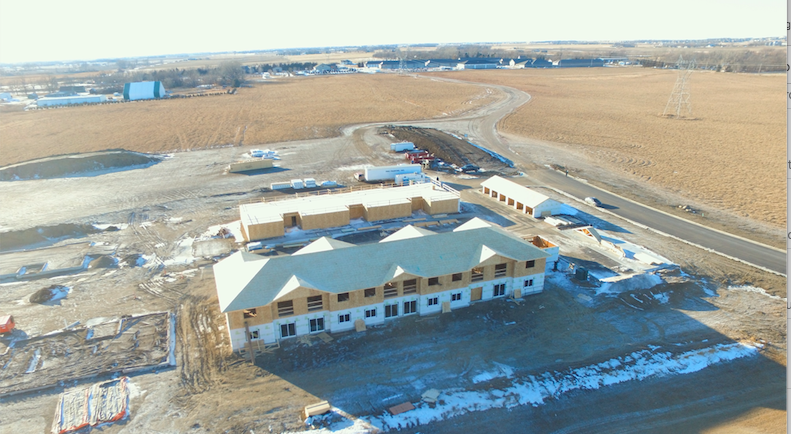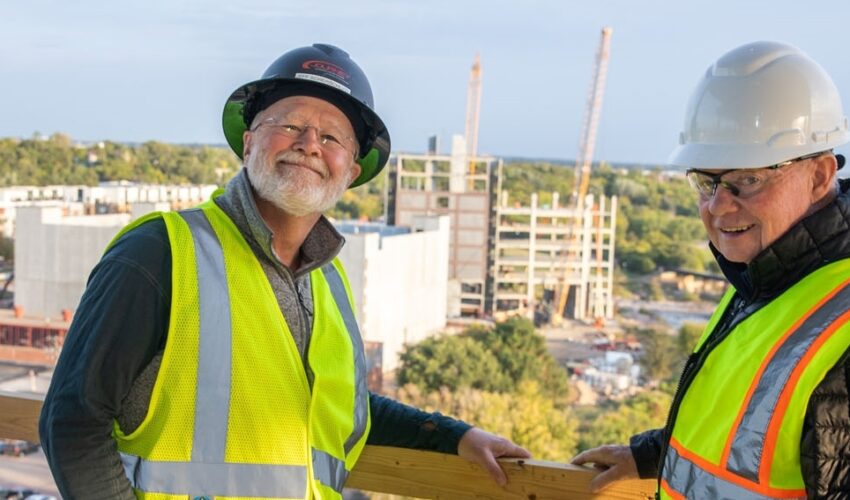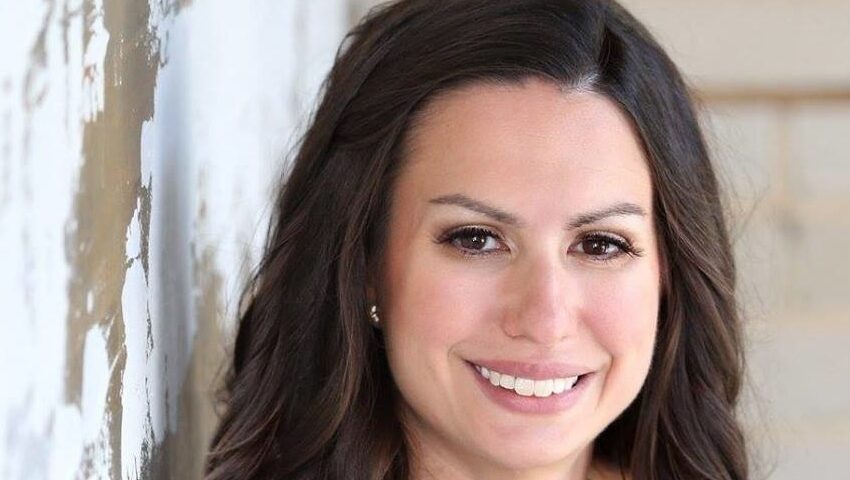Jodi’s Journal: The COVID metrics that matter
Sept. 27, 2020
I fear writing about COVID-19 has degenerated into being like writing about politics: You are more likely to turn off people or be ignored than you are to open many minds.
And I have a lot of other things I probably should be writing before this column.
But I also just wrote up our most recent daily case update, a record 579 new cases, which made me decide to share what I might have to offer in the event it makes any difference in how you view our community’s position at what I think could be a critical stage in the pandemic.
I want to talk about two metrics related to COVID-19: the death rate and the unemployment rate. I like to look at the positive, and these two metrics say the most about what’s good in our community.
As I write this, the state reports 218 people in South Dakota – that we know of – have died of COVID-19.
For perspective, this is like a tornado coming through and killing the entire town of Toronto or Reliance or Delmont.
If that had happened, there would be mass memorials, huge outpourings of support, signs of solidarity across this state.
Instead, I barely know any of these people’s names. That bothers me. I have all I can handle covering business news, but to my friends in the media: Could we hear more about who these people are? By humanizing this crisis, we remind our fellow citizens what’s at stake here.
That’s a big deal. And I’m afraid as we get caught up in the play-by-play of new case numbers we forget that with every 100 new cases it’s likely someone will die.
But here’s why I think this metric also shows our strength: It could be much worse. South Dakota has among the lowest death rates in the country. Fewer than 6 percent of our active cases are in the hospital.
For this, we have to give credit to our health systems – specifically those in Sioux Falls, which see the highest volume of patients.
I’ve watched them step up in so many ways in the past six months, from improvising while they tried to source personal protective equipment to figuring out how to use their existing technology to monitor COVID patients at home. They did this in the very early days of the pandemic, sending patients home with access to virtual care and enhanced home monitoring with temperature and oxygen checks.
Then, they jumped right into using convalescent plasma and joining clinical trials, gaining Sioux Falls-area patients access to so many options for COVID-19 treatments, including some of the first of their kind in the nation. If your loved ones happen to need hospital care for COVID-19 in Sioux Falls, consider yourself lucky. The level of care available to them would be the envy of many other places.
Today, Avera and Sanford are starting to fill up their beds in Sioux Falls. I talked with both of them in the past few days. They’re busy. That’s also not uncommon. There have been times pre-COVID when our hospitals have been full or nearly full. They don’t build the church for Christmas, as the saying goes.
So this is the time to return the favor for all these hospitals have done for this community. Our state and local leaders have given us “freedom” and “personal responsibility” as our tools for fighting this pandemic. I think we need to use them for the common good right now before this gets worse. I think we need to remember that with freedom comes citizenship. And with citizenship comes responsibility to others.
We all know what has been proven to slow the spread of this virus; I won’t waste words repeating it. But I will share that from the start, the medical experts at both hospitals have told me that’s what we all can do to help them.
I told you I’d talk about what I consider another key COVID metric – our unemployment rate – but really, that’s as much a symbol of broader business significance as it is its own success story.
The fact that our city and state did not impose a greater level of restriction on individuals and businesses has gained us positive interest and attention. I’ve seen it at work. I’ve talked with business leaders who have brought it up and with others who have relocated here or are considering it. I’ve talked to landlords and real estate agents renting and selling to people from out of state who have moved here or are in the process of moving here.
I didn’t see that coming. But I’m hopeful that long term this is a positive coming out of the pandemic. Our unemployment rate in Sioux Falls in August dropped to 4.2 percent. That’s essentially full employment when you account for typical turnover. Our sales tax revenue in the last monthly report was ahead of the prior year.
I’m not going to say that’s all because we avoided a lock-down situation. In many ways this spring, Sioux Falls essentially did lock down as restaurants closed dining rooms and other businesses limited service and capacity. I do think it speaks to the underlying strength of the Sioux Falls economy, the confidence our citizens and business leaders have in our future prospects and how we have weathered the pandemic.
I don’t want to see those positive gains unwound because we have a flare-up here that makes national headlines. I don’t want to see people die unnecessarily because we aren’t willing to adjust our lifestyles. I don’t want to see our health care workers forced to implement their surge plans and endure strain on their own health trying to manage through it.
This is no longer an unknown enemy. We should be much smarter about it than we were the first time I wrote about it. And we’re not being called to make these small sacrifices forever. Advancements are coming so fast, and Sioux Falls is positioning itself for some exciting post-pandemic years. Let’s not risk negating that now by not practicing what we should have learned.

